
In 2030, what will learning look like? In recent years, we have lived and learned differently. In today’s world, education is more critical and uncertain than ever before. The global community has demonstrated incredible energy, commitment, and flexibility over the past few months to respond to the need to move to remote learning.
Although the reopening of schools and colleges has been welcomed by the government, schools, universities, and to a large extent, students as the world learn to live with uncertainty. Is it possible for schools and colleges to revert to the way they were before the pandemic?
As a result of challenges like equity, access, and capacity, most leaders agree that distance learning cannot prepare the next generation of learners for life. Conversely, uninterrupted on-campus learning has its challenges, especially the inability to expose students and staff to new and developing concepts. Globally, educators are examining how best to meet on-campus and connect with students remotely as they reimagine education.
In contrast, they are exploring different educational models to meet the needs of their students, like partial re-opening that allows students who lack access to devices on campus to return, synchronous and separated classrooms where some students attend in-person while others participate remotely, and rotational attendance.
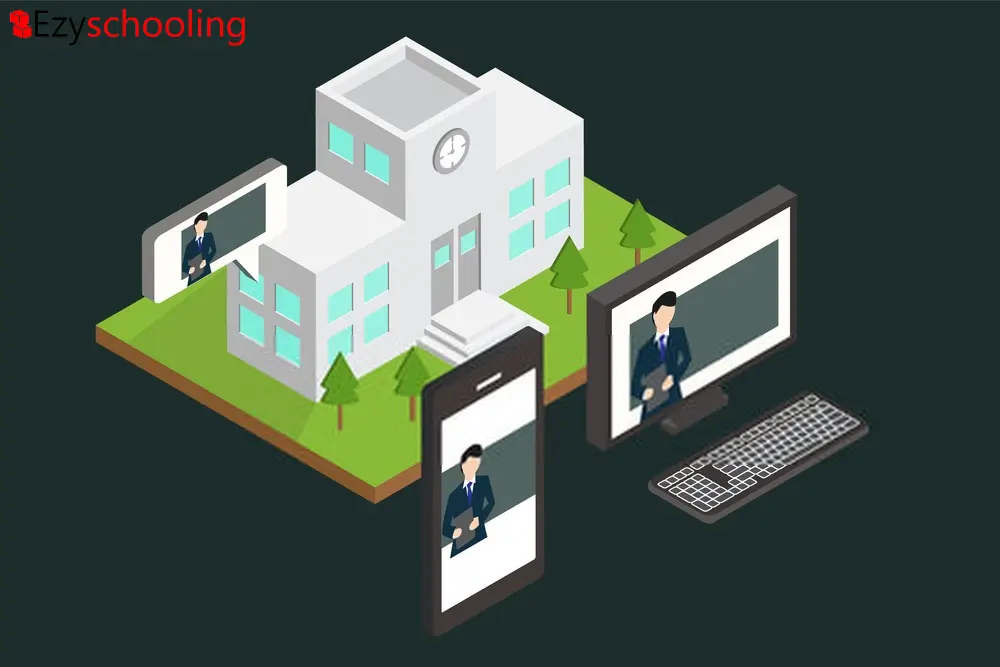
In light of all these successful models, a new, learner-centered style of learning has emerged that empowers students to succeed and allows education to continue despite the global health crisis, weather, transportation limitations, etc. Introducing hybrid learning, a new model for future-ready education that blends remote learning’s safety, flexibility, and independence with campus collaboration and connection. In this dynamic time, hybrid learning will not only be available in multimodal and interactive formats but also provide learners with enough agility to thrive, as well as thoughtfully designed infrastructure to support active student engagement.
It helps learners and learning take center stage in the hybrid environment, as it is both human-led and technology-powered at the same time.
A hybrid environment can provide quality learning, but what does it look like? (General)
Students need to be “life-ready” rather than just “work-ready.” The hybrid learning model allows institutes to create an environment conducive to the multifaceted growth of future generations. Several factors contribute to this model’s efficiency, including data security, personalized engagement, collaboration, skill development, and tailored courses.
Students receive real-time personalized feedback in hybrid classrooms because they have access to tools that allow educators to design lesson plans tailored to their individual needs. Technology allows teachers to reallocate 20 to 30 percent of their time to student-centric activities such as building deeper relationships with students
SP Smart School- Hybrid Model
Meaning of hybrid learning
Hybrid learning is a mixture of in-person classroom instruction and online educational materials. There is some element of virtuality and some element of digitality to it.
A physical presence is required from both the teacher and the student, while the student has some control over timing and pace. Ideally, hybrid learning models include virtual elements as well as in-person ones. Having in-person lectures followed by hours of digital homework should not be considered a hybrid. Learning through hybrid models offers an opportunity to reimagine education.
What will you miss if your school doesn’t have hybrid learning?

You’ll miss…..
- Learning with technology
- Usage of innovative digital materials
- Giving time to your hobbies
- Communicating effectively with others
- Conquering your fear of public speaking
- Developing your learning strategies
- Learning to minimize the stress and worry connected to the school
- Self-study hours and building self-confidence
How we overcame the aforementioned by introducing Hybrid in our school
SP Smart School adopted SP Smart Hybrid Schooling System (also known as SP Smart Schooling System) and with that, our students showed remarkle results in their academics. Click here to read. Moreover, our school abolishes tuition/ coaching classes. Why a student goes to a tuition/coaching class? It’s because school cannot provide that attention and education a child needs; mind you, we at SP smart school understand a child’s requirements and want to provide them with an exceptional education so that they forget about going to tuition/coaching classes. SP smart hybrid system not only provides students with good education but also prepares them for their competitive exams. SP smart hybrid schooling delivers odd in all environments and it is career-centric, which ultimately makes SP smart hybrid schooling system into a happy schooling system.
How Does SP Smart Hybrid model work?
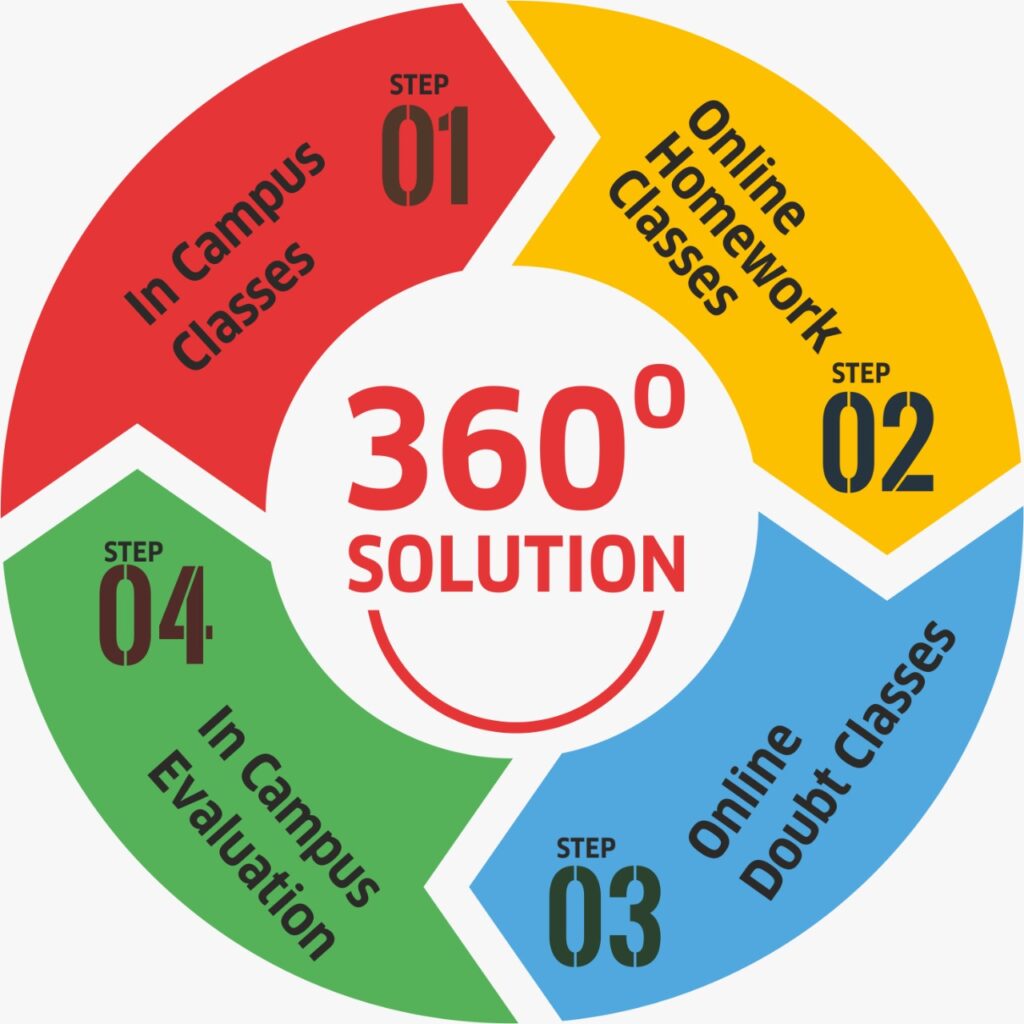
The Process:
SP Smart School’s Hybrid learning approach is designed to combine the best of face-to-face and virtual learning. It isn’t just on campus and it isn’t just online: it’s both. Students’ weekly agendas include on-campus and online classroom activities, allowing them to take advantage of in-person experiences on campus and the latest technology. Our hybrid approach also provides a smart and flexible response to the current world health situation.
STEP 1: IN CAMPUS CLASSES
Our on-campus hybrid methodology blends cutting-edge on-campus and virtual learning methodologies to provide a holistic learning experience for our students
STEP 2: ONLINE HOMEWORK CLASSES
Online homework classes boost students’ performance as each student is monitored by a teacher who is guiding throughout the class and makes sure that the homework has been completed with ease.
STEP 3: ONLINE DOUBT CLASSES
Our online doubt classes aid students to clear all their doubts regarding all subjects and helps them to clarify difficult concepts. Teachers make sure that all students doubts are cleared and none of the students are left unanswered.
STEP 4: IN-CAMPUS EVALUATION
Our on-campus evaluation uses methods and measures to judge student learning and understanding of the material for purposes of grading and reporting. Evaluation is feedback from the instructor to the student about the student’s learning.
Is this a solution?
Yes, many educators believe that a new hybrid model of education will emerge, with significant benefits. As the integration of information technology with education accelerates, online education will eventually become an integral component of school education. A student, under the Hybrid Model of education, will be able to get education from home or school (Physical presence), finish assignments and post them, and carry out learning in a self-paced manner. Students can be called to classrooms on a rotation basis for discussions, clarifications of doubts, group assignments, and assessments. For those who do have access to the right technology, there is evidence that learning online can be more effective in several ways
By integrating SP Smart School’s hybrid learning models into classrooms and campuses, students can learn more effectively Education has evolved into a forward-looking era that transcends classrooms and textbooks. This is why hybrid learning environments and blended learning techniques are here to stay.
SP Smart School claim to give around 1500+ hours of self-study, allowing students to avoid coaching classes and tuition, making SP smart hybrid schooling a proactive hybrid scheme designed to enable students to excel in their careers.
Schools, universities, governments, policymakers, and private organizations should collaborate to develop clear and shared visions for a resilient, equitable, and engaging future of education.
To get started on your hybrid learning journey with Future-ready Education offerings, click here!

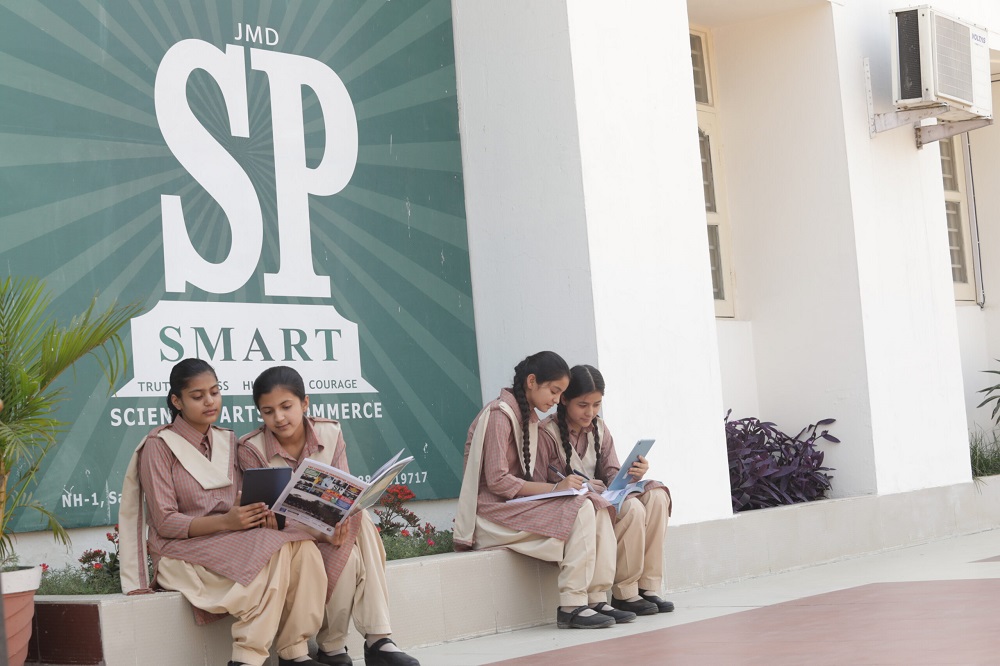
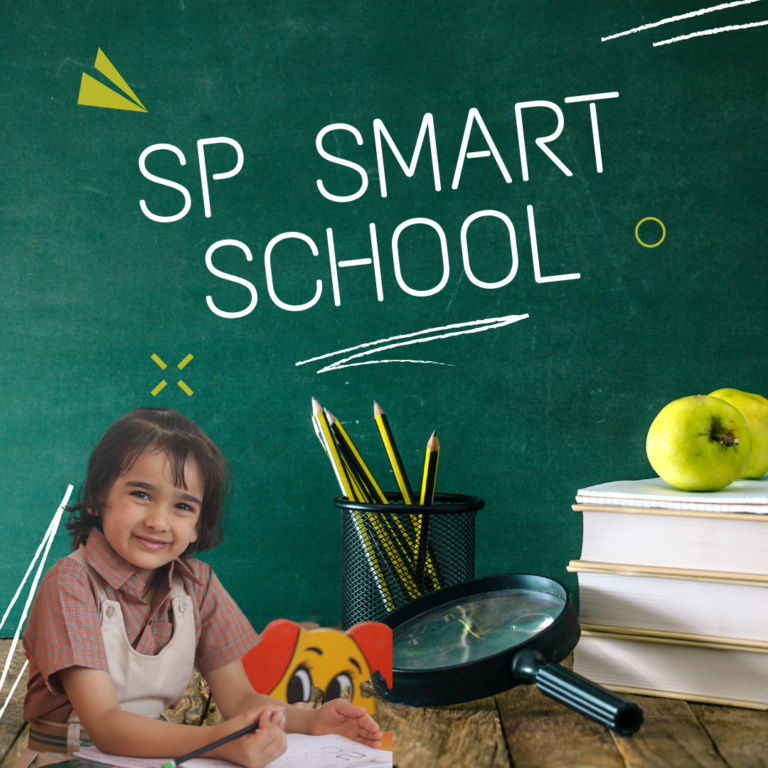
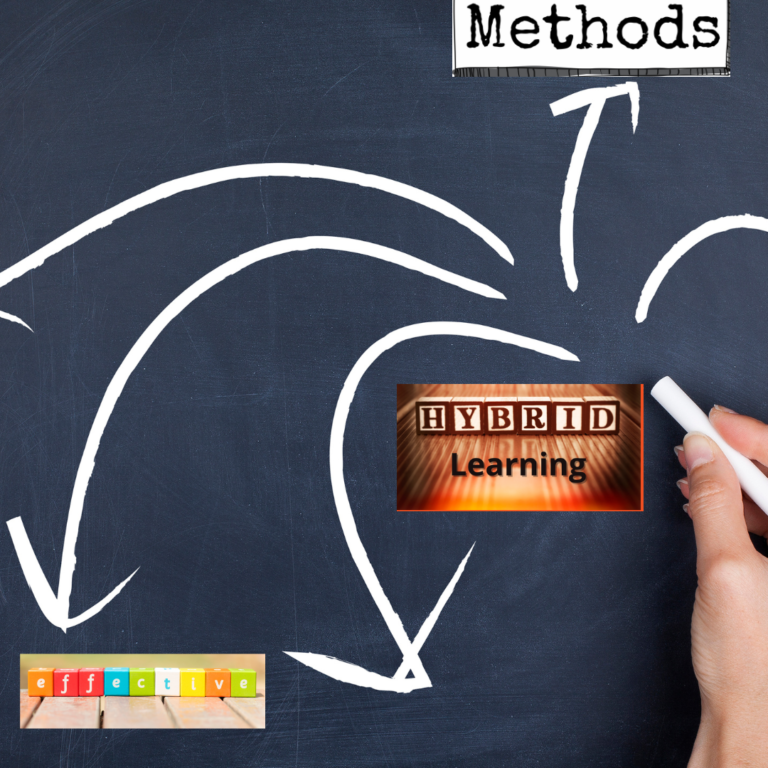
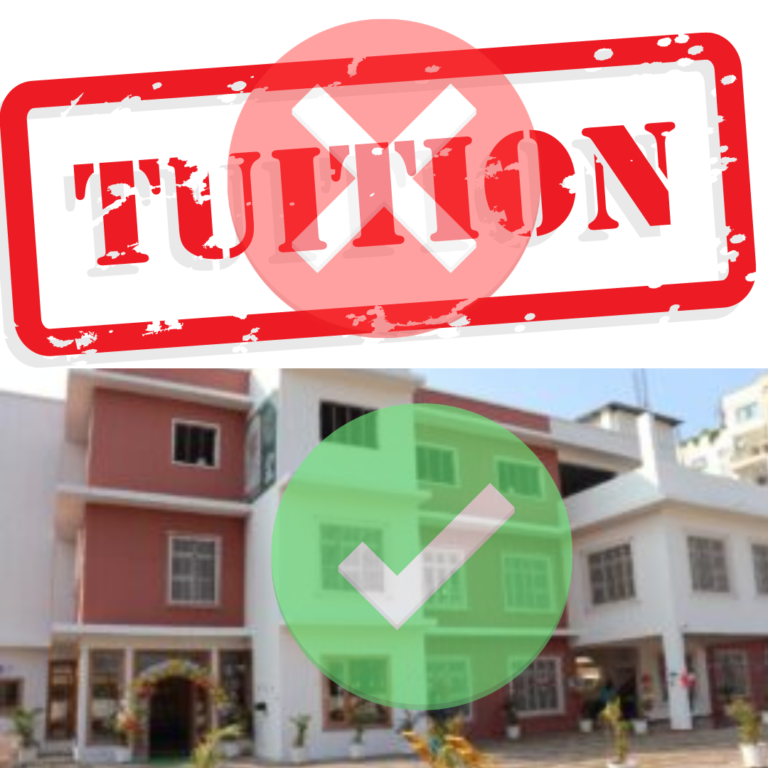
Pingback: save your tuition money by joining SP SMART SCHOOL